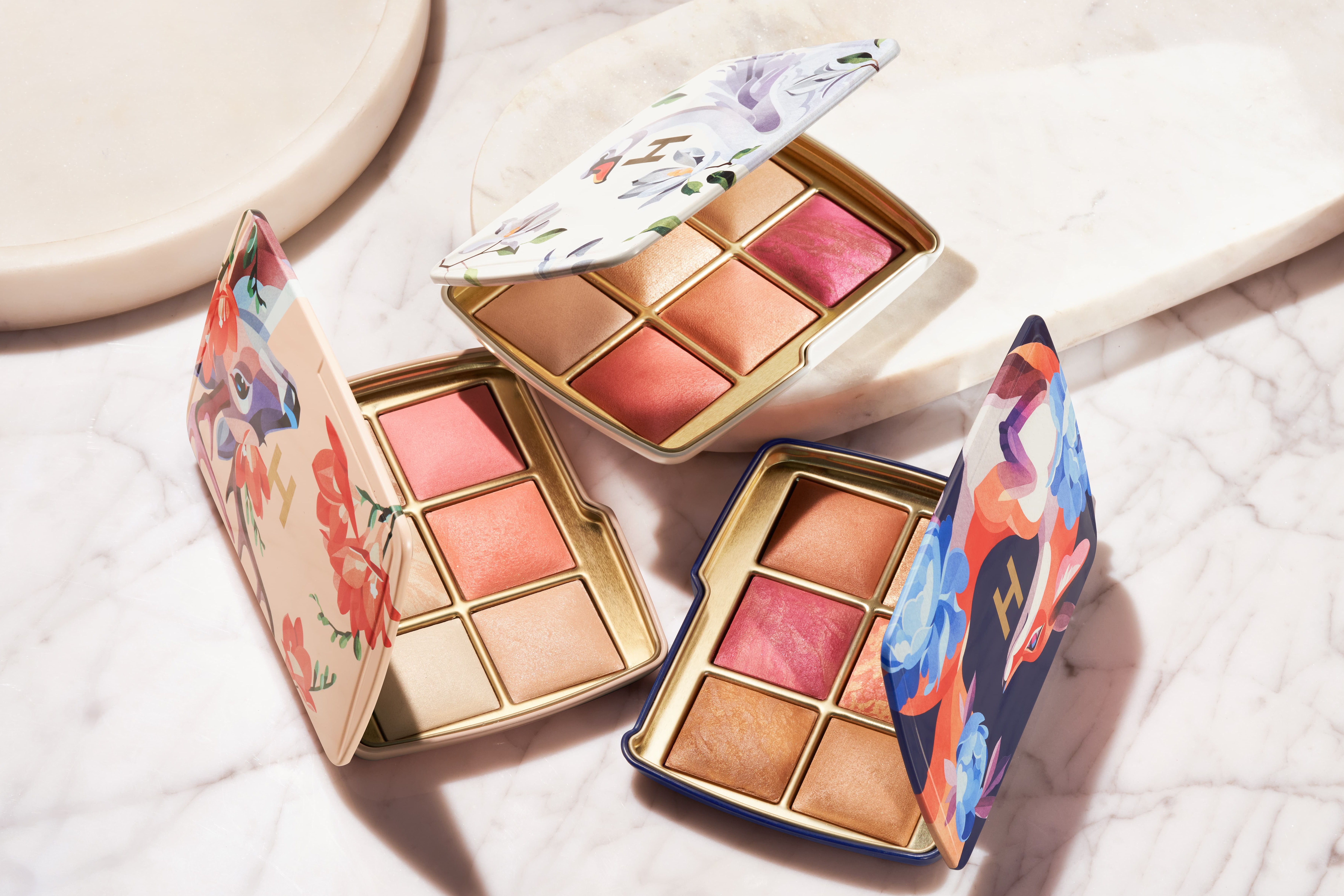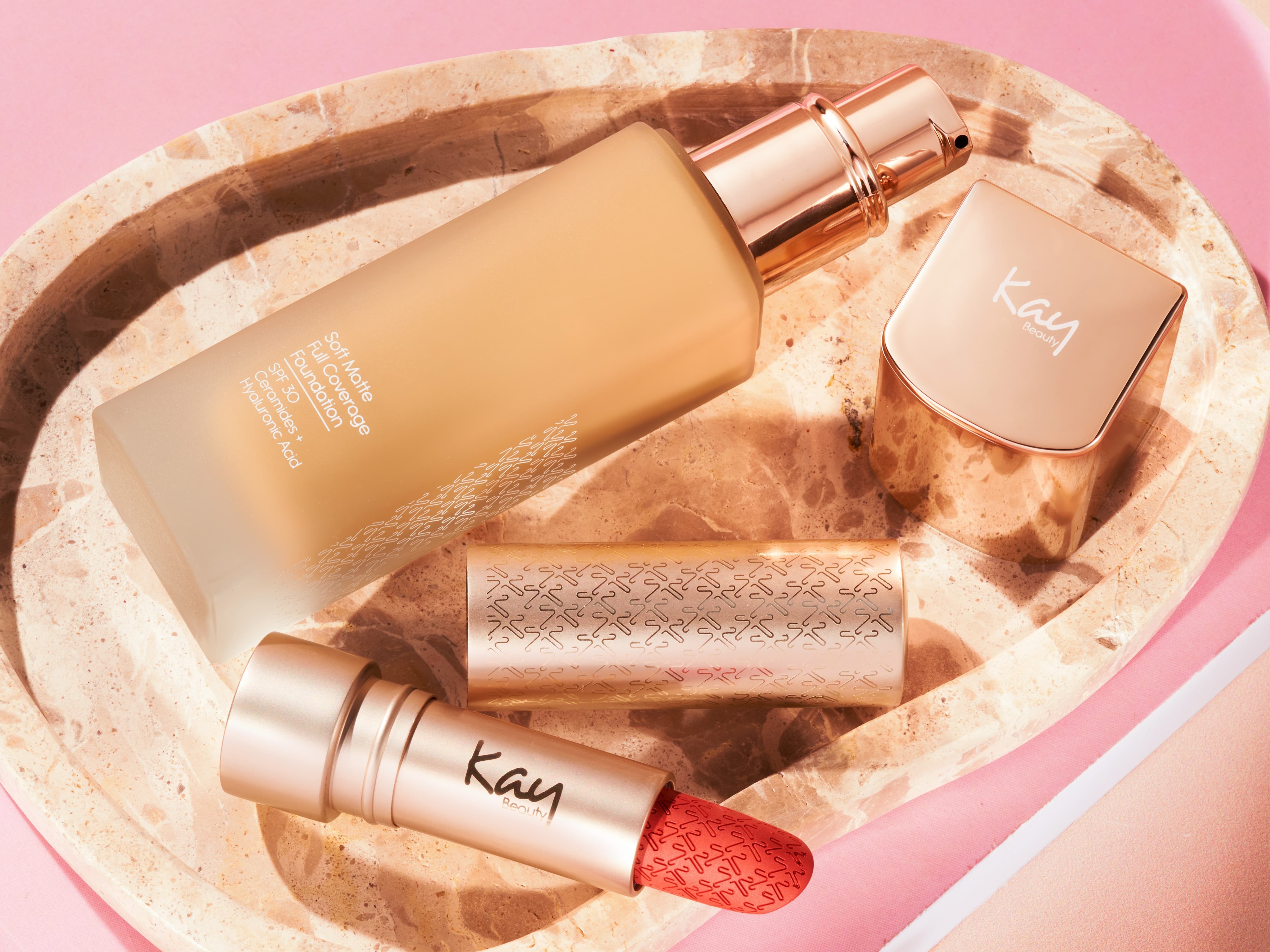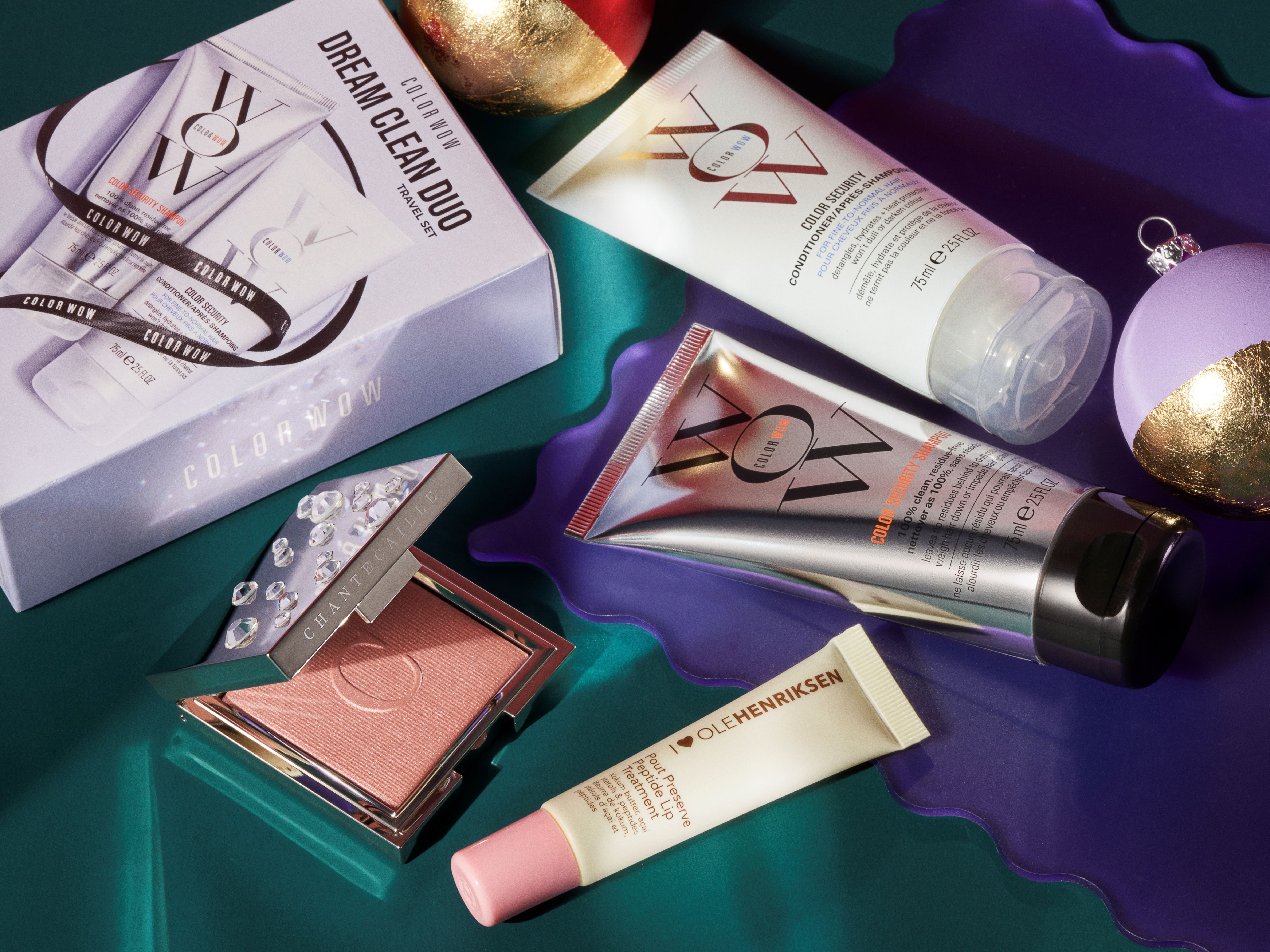
A pore, or follicle, is a tiny opening in the skin. It’s here that oil, produced by the sebaceous glands, is able to reach the epidermis. If a pore becomes blocked with excess sebum and dead skin cells, bacteria is able to grow which can result in dreaded black and whiteheads. As with most of our physical attributes, pore size is genetic but contrary to popular belief pores are not like doors and do not open and close! The good news though, is that once sebum is cleared out pores can appear smaller. So, while it is impossible to ever get rid of pores completely, there are plenty of things that can be done to help prevent, minimise and conceal them.
Step One: Cleanse
“The most sensible starting point is thorough and consistent cleansing” explains Niamh Butler – Training Manager at Space NK, “it’s imperative to keep pores clean to prevent the build-up of oil and dead skin cells.” A purifying, antibacterial cleanser like REN T-Zone Control Cleansing Gel or Tata Harper Purifying Cleanser will work to reduce sebum production and decongest pores. If you’re prone to easily clogged pores, avoid products containing mineral oils and paraffin derivatives, as these can be counterproductive and can add to congestion. For an even more thorough cleanse, consider investing in a cleansing device like the Foreo Luna 2 Cleansing Brush for Oily Skin. This handheld cleansing tool uses up to 8,000 T-sonic vibrations per minute to unclog pores of 99.5% dirt, oil and makeup residue.
Step Two: Exfoliate
Chemical exfoliants are an effective way to break apart skin debris that can eventually lead to clogged pores. Look for products containing glycolic or salicylic acid, to help tighten and brighten. “If you’re concerned about using very active ingredients, only exfoliate the problematic areas,” suggests Niamh, “Rodial’s Super Acids X-treme Pore Shrink Cleansing Pads are great for targeting specific areas of the face. Simply cut the pads in half and sweep over the T-zone and chin, or where needed.” We suggest using a chemical exfoliant three times a week and then dropping it down to once when you begin to see improvements. Be careful not to over exfoliate, as skin will overcompensate and produce more oil, which could lead to more blocked pores.
Step Three: Detox
Using a clay-based mask at least three times a week will help draw out oil and water residing deep within your pores. Glamglow’s Supermud Clearing Treatment Masque contains sebum-clearing clay and activated charcoal, which attracts toxins and absorbs up to 200 times its weight in impurities. If you keep on top of this, you’ll have brighter, clearer skin in no time. For super congested complexions, seek professional expertise and book in for an extraction facial which involves manually clearing out clogged and compacted pores with a set of simple metal tools. Niamh recommends Eve Lom’s spa treatment Signature Facial and the Ultimate Cleanse Facial, both of which include careful extraction and are a good monthly option until things improve.
Step Four: Conceal
As you age, your skin loses collagen. Pores become less tight and start to slacken, stretch and lose their shape. Becca’s Ever-Matte Poreless Priming Perfector is a great option for masking the appearance of large pores in more mature skin. Unlike most primers, it’s water-based and so very lightweight; it melts into skin and immediately mattifes to a powder finish. Retinol is another highly effective anti-ageing ingredient proven to resurface the skin over time, and shrink the appearance of pores. If you do choose to use a retinol-based product, incorporate it as part of your night-time routine as it can make skin more sensitive to light. If you do use a retinol-based product in the daytime, be sure to accompany with an SPF. Younger, more oil prone complexions, should opt for an oil-free primer, like Nars Pore & Shine Control Primer, which helps to blur pores, filling them in and creating a smooth, flawless finish. Always apply a primer after skincare and apply gently using your middle finger. Take care to pat onto skin as opposed to wiping, as this can disintegrate the balm and result in a patchy finish.

















